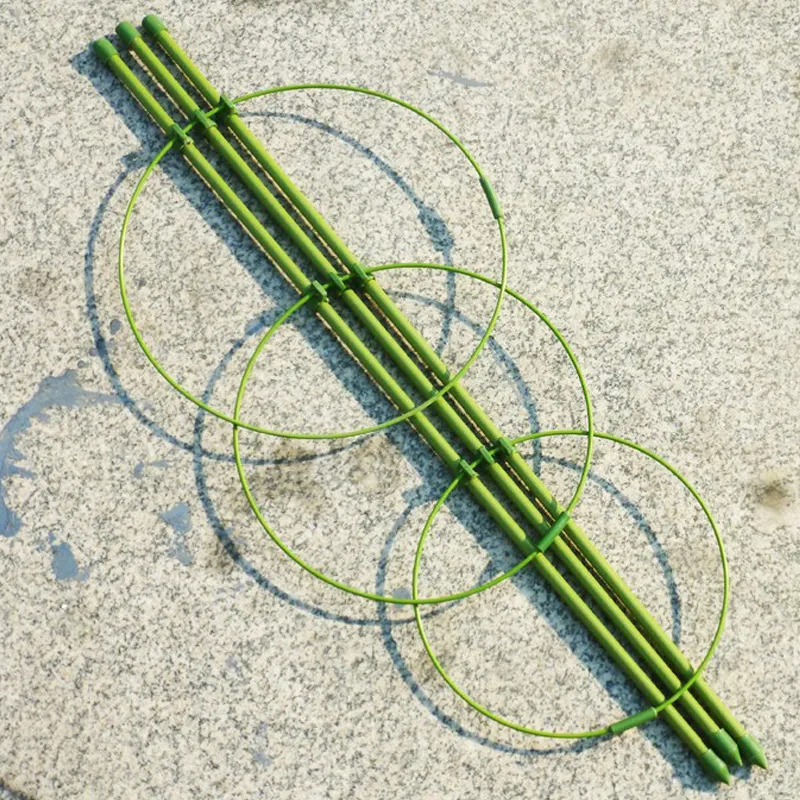The Pricing of Wire Screens Factors and Trends
Wire screens, also known as wire mesh or wire cloth, are versatile materials extensively used in various industries, including construction, agriculture, food production, and mining. The pricing of wire screens can vary significantly based on several factors, making it an important consideration for businesses and consumers alike. In this article, we will explore the factors that influence wire screen prices, current trends in the market, and tips for sourcing quality products at competitive rates.
Understanding Wire Screen Varieties
Wire screens come in numerous types and materials, the most common being stainless steel, galvanized steel, and plastic mesh. Each material has its unique properties and applications. Stainless steel wire screens, for example, are known for their durability and resistance to corrosion, making them ideal for use in harsh environments. On the other hand, galvanized steel screens are often used in applications where cost-effectiveness is a priority, while plastic mesh provides a lightweight and rust-resistant alternative.
Factors Affecting Wire Screen Prices
1. Material Quality The type and quality of the material used in manufacturing wire screens significantly impact pricing. High-grade stainless steel, for instance, commands higher prices due to its durability and non-corrosive properties, which can lead to lower maintenance costs over time.
2. Mesh Size and Configuration The mesh size, or the number of openings per square inch, also influences the price. Finer meshes typically require more material and more intricate manufacturing processes, leading to higher costs. Custom configurations, such as heavier gauge wires or specialized weaves, can further increase the price.
3. Production Techniques Manufacturing methods affect the cost of production. Automated processes may lower costs, whereas handcrafted or specialized production often results in higher prices. Additionally, the location of production facilities can also affect transportation costs, which contribute to the final price.
4. Market Demand Like any commodity, the prices of wire screens fluctuate based on market demand. An increase in construction activity, for instance, can lead to a surge in demand for wire mesh, driving prices up. Conversely, a decrease in demand can lead to lower prices. Seasonal trends may also impact pricing, especially in agriculture and construction, where demand spikes during specific times of the year.
5. Supply Chain Factors The global supply chain plays a significant role in wire screen pricing. Raw material shortages, tariffs, and shipping costs can all affect prices. Current geopolitical tensions and the global pandemic have highlighted the fragility of supply chains, and these factors can lead to unpredictable pricing.
Current Market Trends
wire screen price

As of late 2023, the wire screen market is experiencing shifts influenced by several key trends
- Sustainability With the increasing emphasis on sustainable practices, there is a rising demand for recyclable and eco-friendly wire screens. This trend can lead to increased production costs but presents opportunities for companies that focus on sustainable sourcing.
- Technological Advancements Innovations in manufacturing technology, such as advanced weaving techniques and improved coating processes, are making wire screens more durable and versatile. While these advancements can lead to higher initial costs, they often offer long-term savings for end-users.
- E-commerce Growth The rise of online marketplaces has made it easier for consumers and businesses to compare prices and find the best deals on wire screens. E-commerce has led to increased competition, which can benefit buyers by driving prices down.
Tips for Sourcing Wire Screens
To source quality wire screens at competitive prices, consider the following tips
1. Compare Suppliers Conduct thorough research and obtain quotes from multiple suppliers to find the best prices without sacrificing quality.
2. Bulk Purchasing Purchasing wire screens in bulk can often result in significant cost savings.
3. Evaluate Quality vs. Cost While price is an important factor, always consider the quality and intended use of the wire screen. Investing in higher-quality materials can result in better long-term value.
4. Stay Informed Keep track of market trends and pricing fluctuations to make informed purchasing decisions.
In conclusion, the pricing of wire screens is influenced by various factors, including material quality, market demand, and production methods. Understanding these factors can help businesses and consumers make better choices when sourcing wire screens, ensuring that they get the best quality for their investment.

















